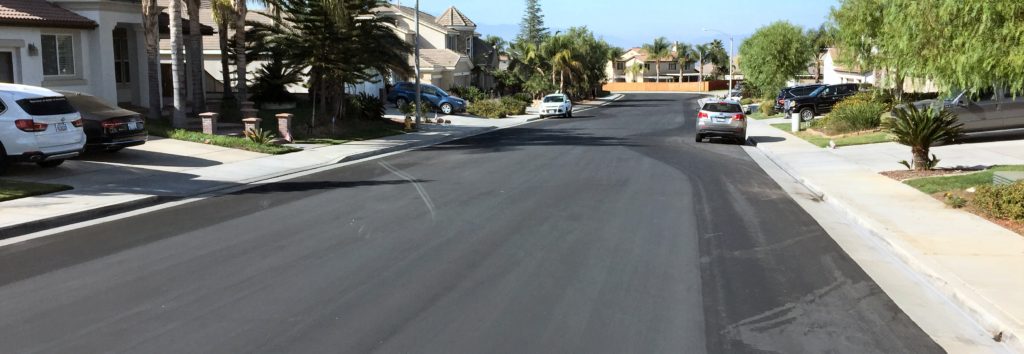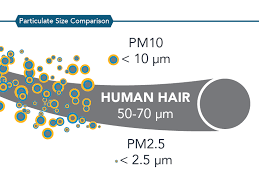Are your streets making you sick?
The streets of a private community are a big part of the landscape. The square footage is huge. The first impression of every home starts at the curb.
The investment and aesthetics aside, can your streets make you sick?
Streets collect all sorts of nasty grime that sits on and gets embedded into the pores. This includes brake dust, tire shavings, asphalt dust, oil, antifreeze, diesel particulates, regular dirt and pollen. Then there are the obvious bugs, dead rodents, and just plain gross stuff.
The streets act as the community’s drainage ditch and as the main collection point for the storm drain system.

The health problem is a process called reintrainment. In simple terms a vehicle drives down the street and stirs up this dust, getting it airborne. Some of it settles back to the street, where the next vehicle stirs it up again. Like second hand cigarette smoke, it migrates to our front yards and into our homes. It can even make it into second story windows.
Sometimes you can see it, often you can’t. When you dust furniture, some of it came from the street. But before it landed on the coffee table, your family had a chance to breathe it.

Modern street sweepers are required to be PM10 Certified. This means they have been tested to remove particles down to the 10 micron size. This can be very effective if done at a proper frequency. Wait too long and some of the unhealthy dust gets packed into the pores. Between sweeps it gets loosened by traffic and gets airborne.
The streets can look clean, but get down with a microscope and a different world emerges. It is the microscopic stuff that affects our lungs and health.
Weekly street sweeping has been proven to be the easiest schedule to remember, resulting in fewer cars to go around (and more pavement swept). Like trash day, with a weekly schedule a community does not even need to post signs.
